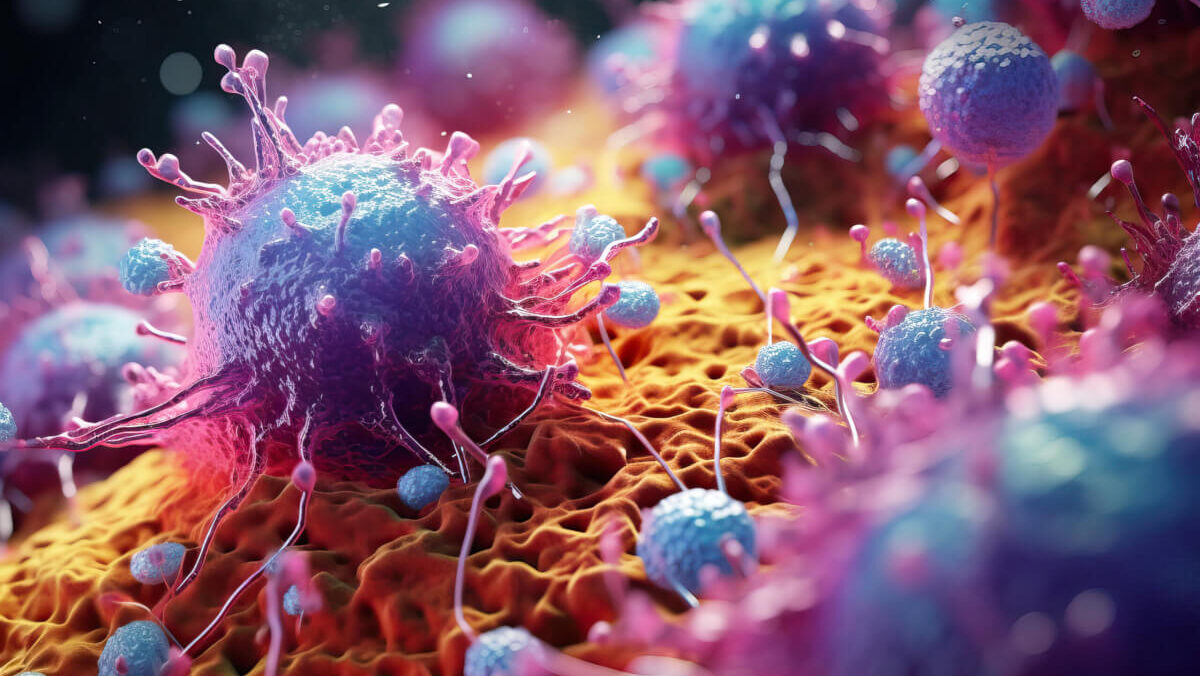Journal for ImmunoTherapy of Cancer shared an article led by Ryutaro Kajihara on X about T-cell receptor sequences in a patient during immunotherapy.
Authors: Ryutaro Kajihara, Mark D Long, Toshifumi Hoki, Hongbin Chen, Takayoshi Yamauchi, Hisashi Kanemaru, Brahm H Segal, Grace K Dy, Fumito Ito

This study explores how circulating tumor-infiltrating lymphocytes with highly homologous T-cell receptor sequences exhibit divergent transcriptional and kinetic responses to immunotherapy.
It investigates the behavior of T-cell receptors (TCRs) that are highly homologous but not identical, recognizing the same tumor epitopes in response to anti-CTLA-4/PD-1 therapy. By analyzing circulating tumor-infiltrating lymphocyte (TIL) TCRs and tumor tissue TCRs through single-cell RNA/TCR sequencing, the researchers found that while these TCRs shared similar complementarity determining region 3 (CDR3)α sequences, they had quasi-identical CDR3β and TCR α/β sequences.
Despite these similarities, the TIL-TCRs exhibited distinct transcriptional signatures and responded differently to treatment, highlighting the diversity in immune responses even among highly homologous T cells.
It revealed that the expression of GZMK was a key factor distinguishing the transcriptional states of these TIL-TCRs. Moreover, the expression of IFNG in CD8+ T-cell subsets, including the highly homologous TIL-TCRs, increased when the patient showed a positive response to immunotherapy.
However, as the patient developed acquired resistance, IFNG expression gradually decreased. These findings suggest that CD8+ T cells with highly homologous TCR sequences can exhibit divergent transcriptional and kinetic responses to immunotherapy, shedding light on the complex interactions between T cells in the tumor microenvironment and those in the bloodstream during treatment.
Future Reading: Immunotherapy for Bladder Cancer: Types, Success Rate, Side Effects & More
